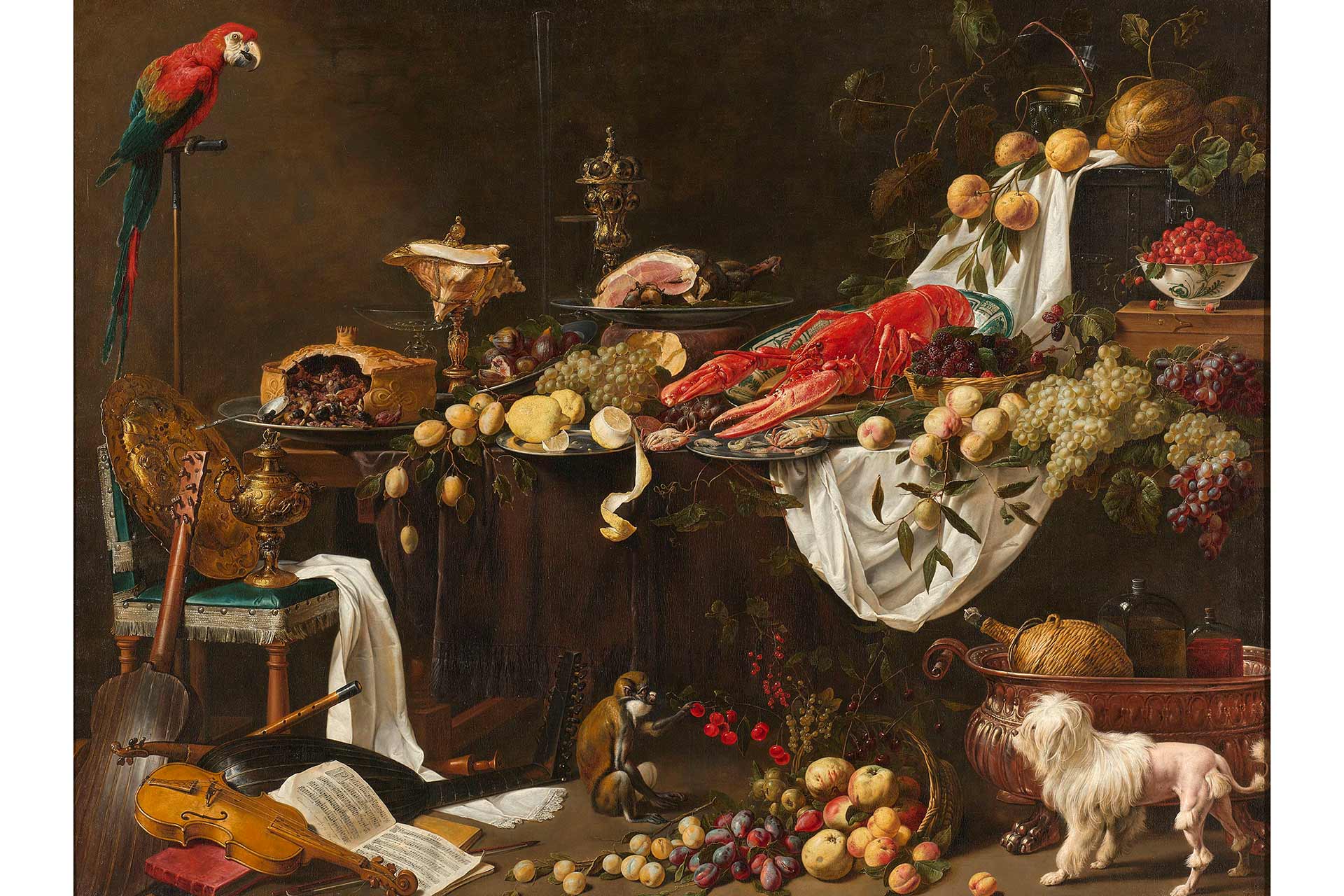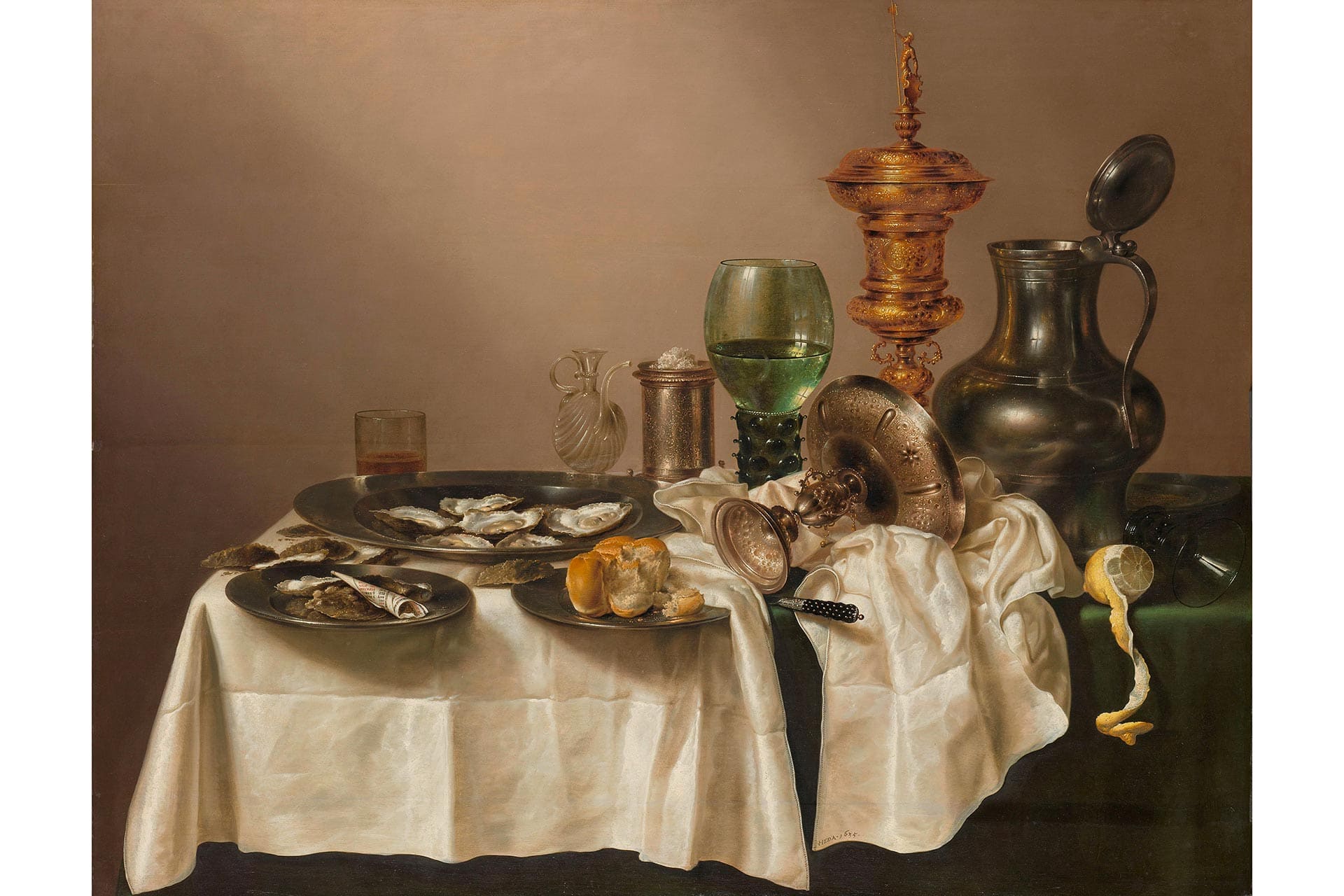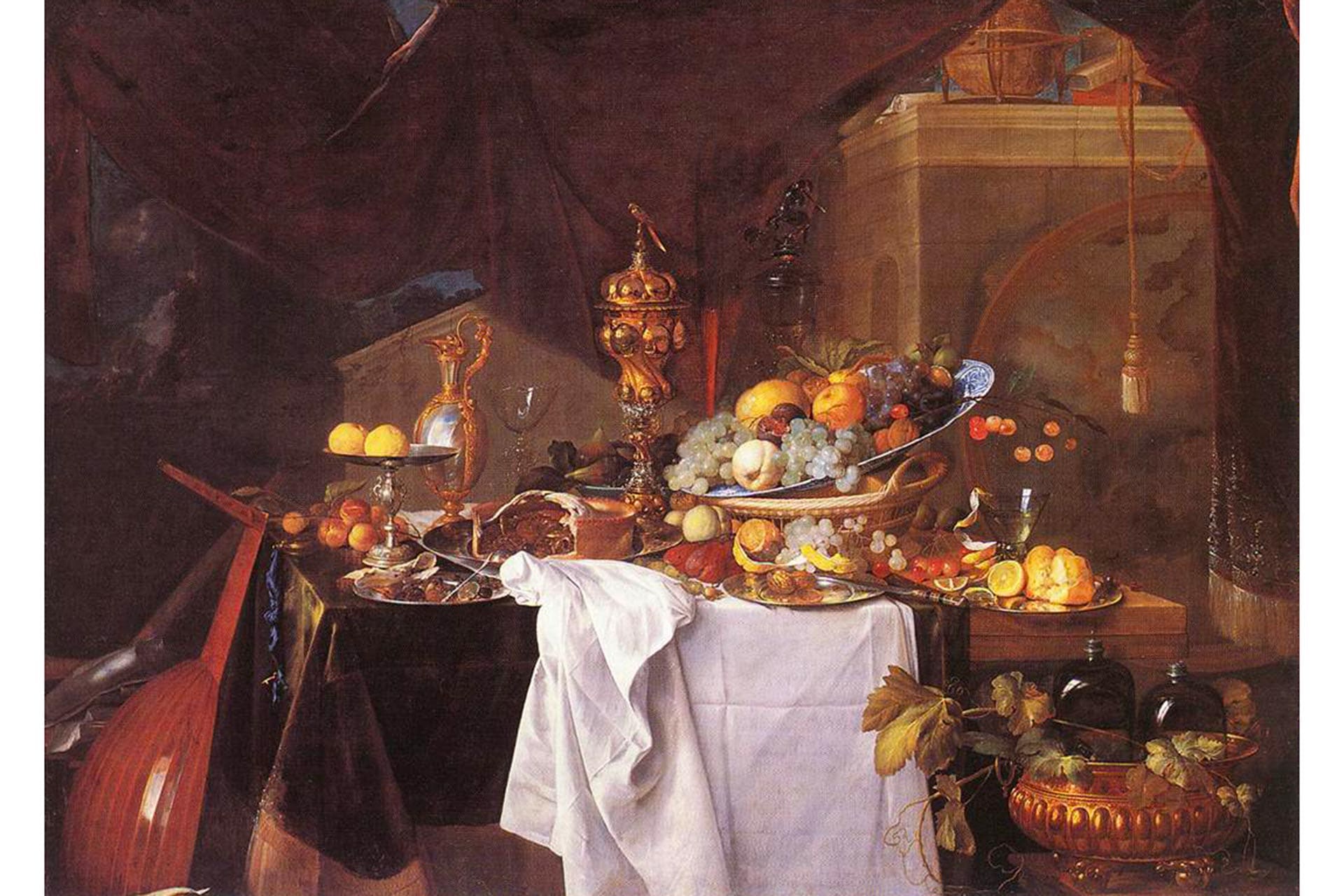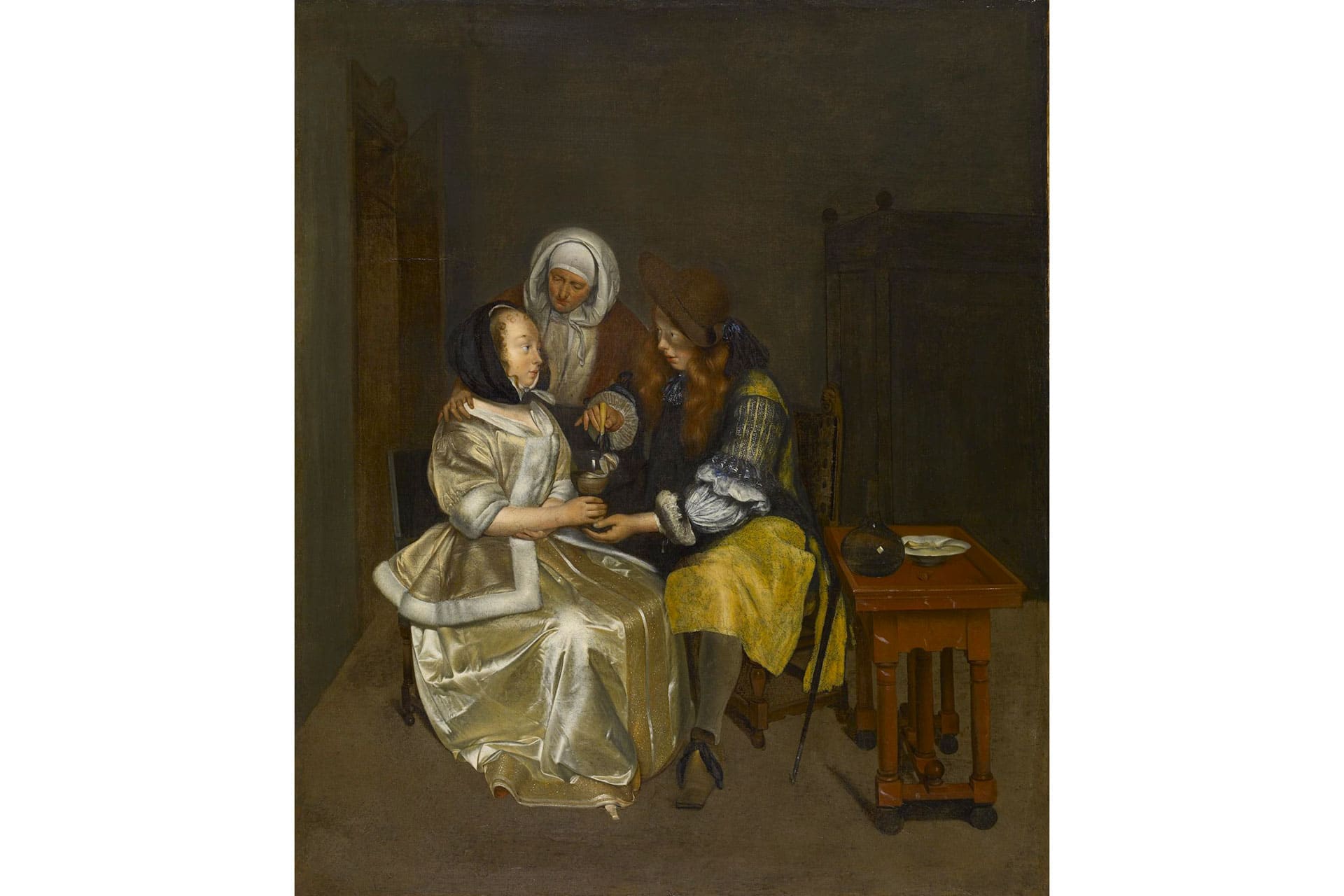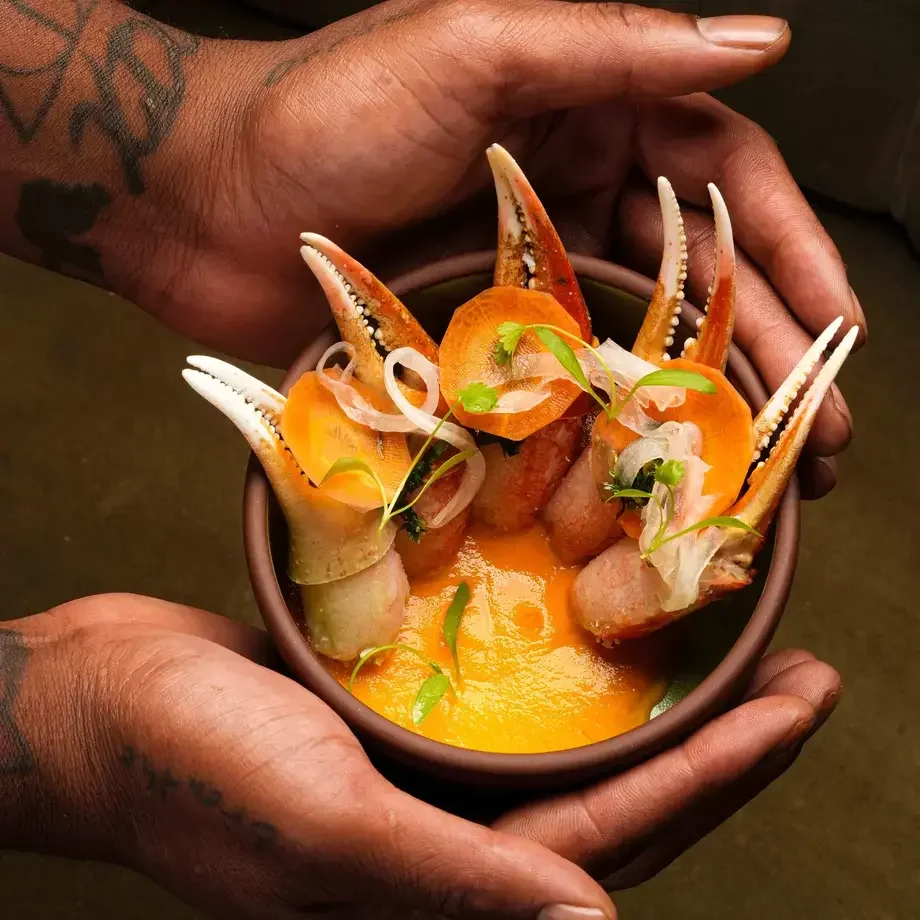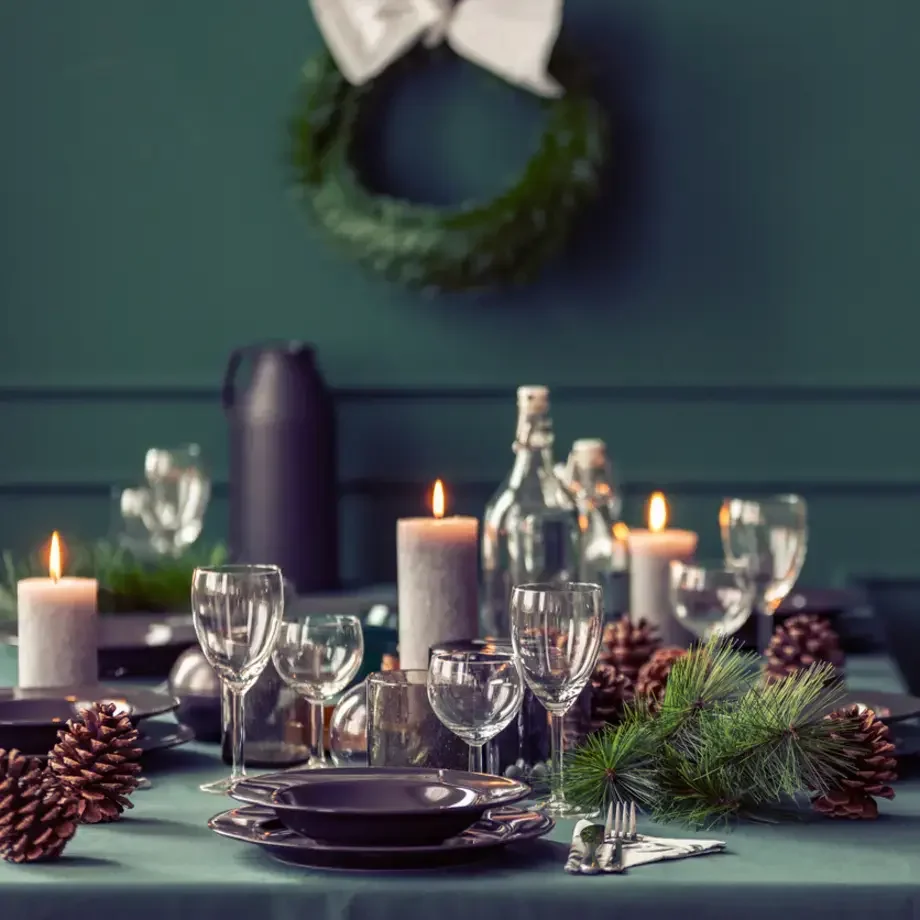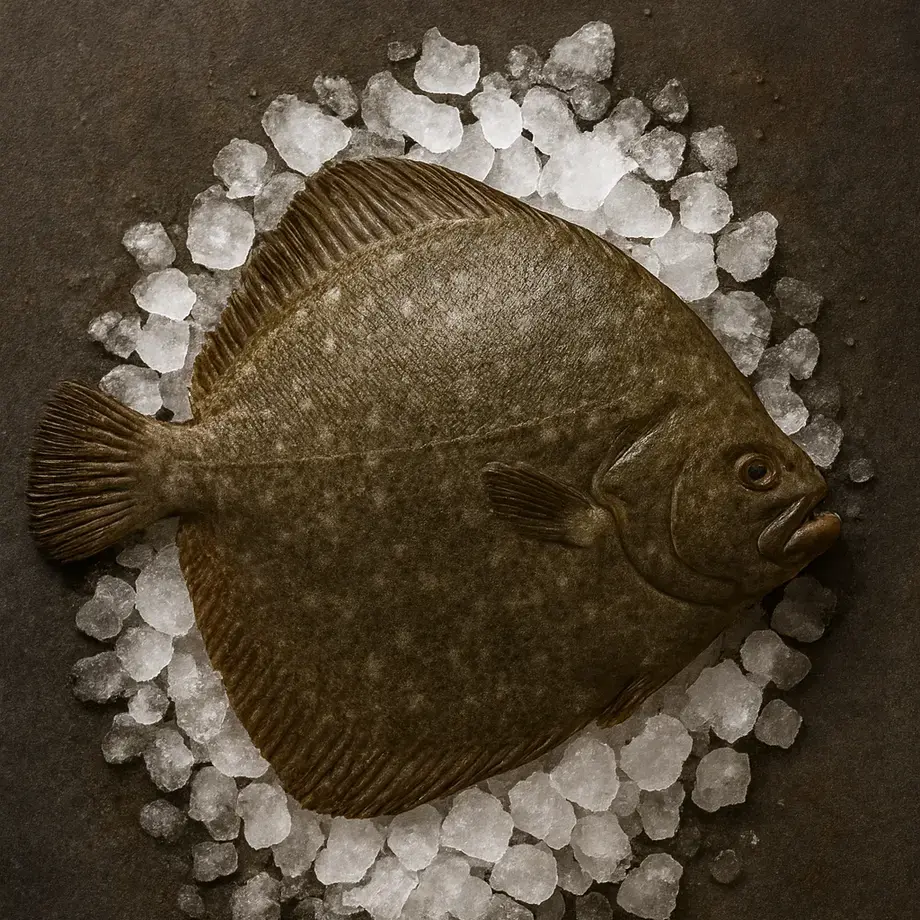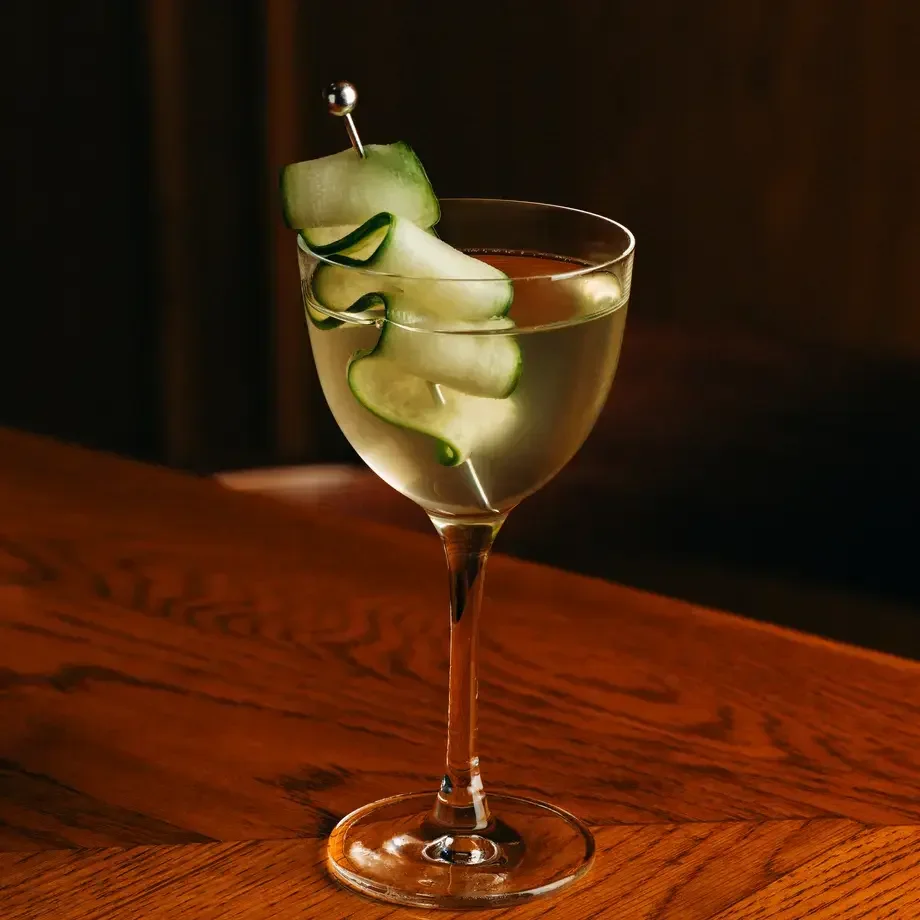Banquet Still Life, Adriaen van Utrecht, 1644
A 2016 study statistically analysed hundreds of artworks from 1500-2000 to interpret the role of food in paintings. Researchers Brian Wansink, Anupama Mukund and Andrew Weislogel found that foods depicted were linked to people’s identities and viewpoints rather than what they really ate. Lemons in particular had the largest depiction in paintings across all art periods. These images were social constructs rather than reality. They show the preferences of the artists and the patrons, as well as the art market at the time.
We see lemons in still life paintings before this time in Italy and Spain, and also later all over Europe. Lemons added balance to paintings by providing a contrast to darker objects, angular forms and smooth textures. They enabled the artist to show their virtues in drawing details and colour. And perhaps most importantly, they added a multi-sensory dimension to a painting: one could see their bright colour and almost smell their fresh scent; look at their shiny rinds and imagine their bittersweet taste. However, the lemon, so ubiquitous in paintings, had not yet entered the kitchens of common folk in the 17th century.
The lemon, citrus limon, comes from Southeast Asia and first appeared in Italy during the Middle Ages around 1000 AD. It was first cultivated in Liguria, and then in the south of Italy and Sicily, and later spread by the Arabs into Andalusia (today’s Spain) in the 13th century. Two decades later, when lemons were successfully cultivated in the most northern point in Europe, Lake Garda in northern Italy, they could be exported in large quantities to the north. This coincides with Dutch independence from Spain, and the direct access to trade with the Mediterranean.
When the growing merchant class in Holland acquired a taste for and access to this once-exotic fruit, they started to grow it in private citrus gardens locally. The most influential Dutch cookbook of the time, The Sensible Cook (1669), which was written for well-to-do middle-class families, calls for lemons in twenty-nine recipes in various forms: fresh, salted or preserved, juiced, sliced, peels, and zest.
Art historian Mariët Westermann, an expert in 17th century Dutch paintings, asked why there were so many lemons in Dutch artwork in the period and especially why so many of them were peeled. In a lecture for Yale University Art Gallery entitled The Lemon’s Lure she explained how she believes that the peeled lemon was a motif that engaged three predominant interests in Dutch society at the time: commerce, natural history and paintings. According to Westermann, in 1613 Floris van Dijk began painting apple peel, and it was Pieter Claesz who used lemon peel for the first time in 1621. From there the fashion caught on.


